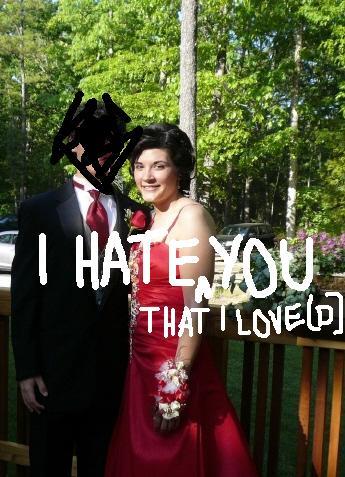Marlene Dietrich and Technology: Did she shape herself, or did it shape her?
When you look at a movie star, it’s often easy to forget that their on-screen persona can be radically different from their off-screen one. In today’s information age, where blogs like Perez Hilton exist to inform the public of every discernable aspect of a star’s life, it must be hard to separate the two spheres. Before this constant feed of wardrobe malfunctions and illegal Blackberry hackings, a movie star could maintain a public image while still keeping much of their life hidden. Marlene Dietrich was a complex woman on-screen, and perhaps even more complex when she wasn’t being filmed.
Dietrich was revered for brazenly baring her infamous legs in numerous film roles, and for daring to cover them in men’s trousers in her daily life. Kenneth Tynan once said that “her masculinity appeals to women and her sexuality to men” (Garber, 18), since she embodied both on camera. This duality is particularly evident in the film Morocco, directed in 1930 by Joseph von Sternberg, who would be responsible for helping to mold Dietrich’s public image throughout most of her life. As a cabaret singer in the French-occupied North African country, she donned her iconic tuxedo and top hat and performed a number which ended with the first major cinematic lesbian kiss in history. Once her character, Amy Jolly, was no longer performing, she transformed into a silky seductress in a long satin dressing gown. Dietrich was playing both the masculine and feminine already in one of her earliest major movie appearances. In 1920s Berlin, where she came into her own as an actress, none of this would be shocking. In fact, the Berlin cabaret scene almost demanded some sort of cross-gender performance of its frequenters, and especially of its performers. When Joseph von Sternberg discovered her there and cast her in 1930’s Der blaue Engel (The Blue Angel), Dietrich became almost an obsession of his. Through the majority of her career, all publicity photographs of Marlene were directed, lighted, and dressed entirely by von Sternberg. In this way, he could carefully control the image he had created for her, and she in turn could preserve her youth and iconic looks. (Bach, 190-1)
From the beginning of her career, Dietrich was sculpted into an image of arched brows, Cupid’s bow lips, and a nose lighted to perfection with its stark center line. In order to maintain her perfect image, “not a sex object but a sexual and sexualized subject, the narrative and enigma of sex itself” (Garber, 16), Dietrich strictly controlled all images of her that reached the public. Even photographs which she sent to her first husband and the father of her child were intentionally posed and dressed to portray a specific image. Almost all of Marlene Dietrich’s acquaintances, however, knew her as something entirely different from this almost artificial, simultaneously male and female perfection. When an assistant director was taken ill with fever during filming, he awoke in his apartment to find that Dietrich had brought him homemade chicken soup and, finding his surroundings unacceptable, was actually in the process of scrubbing his floor herself. (Marlene Dietrich, xxiii) When she was with her daughter, her features would soften and become more motherly, and when she was with her true friends, she wasn’t afraid to roll her pants legs up and have a rollicking good time. But when she was with von Sternberg, she was willingly subject to his every whim. She would sit for hours in the same position while he painstakingly adjusted the lights, and when he mentioned that she could stand to lose some weight, she placed herself on a tomato juice and cracker diet for a week. (Marlene Dietrich, xxv) Her public image became so important to her that, for the last decade of her life, she did not leave her Paris apartment nor did she allow herself to be photographed. She even refused to appear in a documentary about her life, although she did lend her voice to the production.
As much as she enjoyed life, Dietrich eventually became her own image, and she would allow nothing to tarnish that perfect von Sternberg pose. Marlene Dietrich may have, with Joseph von Sternberg, created that look which had become the key to her success with the technology available to her: photography, lighting, makeup, and costume. But once that look became famous, particularly in America, she was tied to it forever. The technology she had relied on to launch her career had become an inseparable part of her which, if removed or negated, could irreparably damage her. In the Golden Age of Hollywood, image truly was everything, and Marlene Dietrich was one of the greatest and most controversial images of them all.
Bibliography
Bach, Steven. Marlene Dietrich: Life and Legend. New York: W. Morrow, 1992.
Garber, Marjorie. “From Dietrich to Madonna: cross-gender icons.” Women and Film: A Sight
and Sound Reader. Ed. by Pam Cook and Philip Dodd. Philadelphia: Temple University Press, 1993.
Marlene Dietrich: photographs and memories from the Marlene Dietrich Collection of the Film
Museum, Berlin. Compiled by Jean-Jacques Naudet, Captions by Maria Riva, with Werner Sudendorf. New York: Alfred A. Knopf, 2001.
Music
Marlene Dietrich singing “Falling In Love Again” from 1930’s Der blaue Engel.
